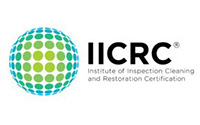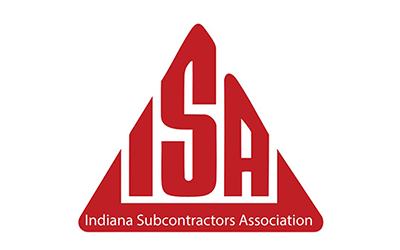Nearly 1 in 5 homeowners in the United States face water damage each year. Subfloors are very vulnerable to moisture problems.
Water can get into the subfloor for many reasons. This includes burst pipes, leaking appliances, or natural disasters. If not fixed quickly, it can cause a lot of damage.
The porous nature of wood used in subfloors makes it hard to dry. This increases the risk of rot and damage to the structure.
Knowing the subfloor water damage timeline is key. Homeowners need to act fast to avoid big losses.
Key Takeaways
- Water damage is a common issue affecting many homeowners in the US.
- Subfloors are very prone to moisture damage.
- Quick action is needed to stop rot and structural damage.
- The porous nature of wood raises the risk of water damage.
- Understanding the subfloor water damage timeline is vital for effective prevention.
How Long Does It Take for a Subfloor to Rot from Water Damage?
Knowing how long it takes for a subfloor to rot is key. Water damage can cause subfloor rot, which weakens the floor’s structure.
Typical Timeline for Subfloor Rot Development
The time it takes for subfloor rot to develop varies. It depends on how much water is involved and the subfloor material. Usually, within 24 to 48 hours, mold spores can start to grow. This can be harmful to health and weaken the floor further.
Long-term water exposure can cause serious damage. This includes severe warping, delamination, and rotting of wood. Spotting the signs of subfloor rot like discoloration, warping, and mold is vital. It helps in quick subfloor water damage repair and subfloor water damage restoration.
Factors Affecting Rot Progression
Several things can speed up or slow down subfloor rot. The type of wood, moisture levels, and the environment play a role. For example, hardwoods are generally more resistant to rot than softwoods. But, once rot starts, quick action is needed to stop more damage.
- Moisture Levels: High moisture speeds up rot.
- Type of Wood: Different woods resist rot differently.
- Environmental Conditions: Temperature and humidity greatly affect rot growth.
Identifying and Managing Subfloor Water Damage
Spotting subfloor water damage early is key to avoiding expensive fixes. Homeowners need to watch for signs to stop damage before it gets worse.
Early Warning Signs of Subfloor Moisture Problems
Catching subfloor moisture issues early can save a lot of trouble. Look out for these signs:
- Discoloration: Changes in the subfloor or floor color above it.
- Sponginess or Softness: Feeling soft or spongy when walking on the floor.
- Musty Odor: A bad smell that means there’s moisture around.
- Visible Mold or Mildew: Seeing mold or mildew on the subfloor or nearby.
Advanced Stages of Subfloor Rot
If not fixed, moisture problems can lead to serious rot. This can harm the subfloor’s structure. Look out for these signs:
- Significant Warping or Sagging: The subfloor warps or sags, making the floor uneven.
- Increased Risk of Collapse: Advanced rot weakens the subfloor, making it unsafe.
- Pervasive Musty Smell: The smell gets stronger and lasts longer.
Prevention Strategies for Subfloor Water Damage
Stopping subfloor water damage is cheaper than fixing it. Here are ways to prevent it:
- Regular Inspections: Check for water damage or moisture regularly.
- Prompt Drying: Dry any water spills or leaks fast to avoid moisture buildup.
- Use of Moisture-Resistant Materials: Choose moisture-resistant materials for subfloors and floors, like in bathrooms and kitchens.
Knowing the early signs and using prevention methods can protect your subfloor. This keeps your home strong and lasting longer.
Conclusion
Knowing the subfloor water damage timeline is key to avoiding expensive fixes. Moisture damage to the subfloor can cause big problems if ignored. Spotting signs of subfloor rot early is important.
Keeping up with maintenance is critical for the subfloor’s health. Catching moisture issues early can stop rot before it starts. This saves both time and money.
In short, staying alert and acting fast against subfloor water damage is essential. Homeowners need to understand the dangers of moisture damage. Taking preventive steps helps keep the subfloor in good shape and avoids costly repairs.



























